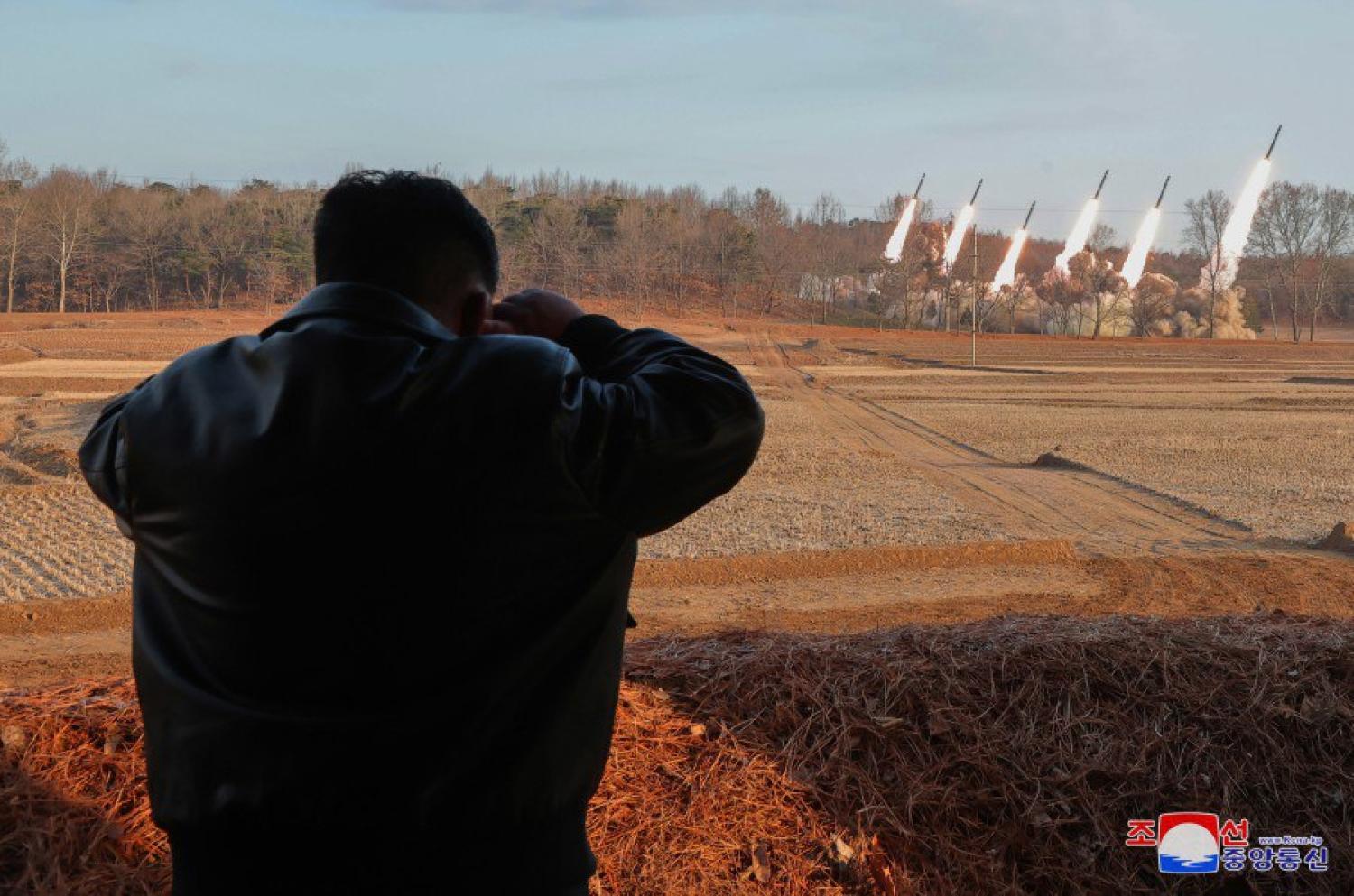North Korea regularly threatens to turn the South Korean capital Seoul into a “sea of fire” but it is conventional artillery weapons – not nuclear strikes – that have long been the basis of the warning. North Korea this month conducted military drills that it claimed would ensure artillery units near the border could inflict “merciless” and “rapid” strikes during warfare.
Artillery systems are very difficult to defend against, especially given the proximity of Seoul to the North Korean border. Air and missile defence capabilities can’t effectively stop long range artillery. Hence, even in those times that North Korea agrees to a freeze on its missile development, such as occurred in 2019, its long-range artillery systems continue to remain a danger.
But it is the tactical role of multi-launch rocket systems, known by the acronym MLRS, which have undergone several advancements that give this longstanding threat a new edge.
The purpose of the latest live firing drill was to test Pyongyang’s “real-war capabilities” for its 600mm MLRS system, the KN-25. According to North Korean leader Kim Jong-un, these rocket launchers would provide North Korea with “core central striking means”.
MLRS have also been used for not just firing rocket systems but also missiles with advanced guidance systems, increasing accuracy at greater distance. The missile fired from the KN-25 MLRS system can reportedly achieve greater accuracy due to its in-flight control, which, according to a study from the Centre for Strategic and International Studies, “blurs the distinction” between MLRS and short-range ballistic missiles. There are four controlled fins on the upper part of the rocket for greater stability and it is said to reach a target of up to 380 kilometres. Such weapon systems provide greater scope for “shoot and scoot” style of warfare, increasing survivability options for artillery systems.
North Korea aims to develop weapon systems that can maintain the threat against Seoul as a form of deterrence. A ballistic missile with several hundred kilometres of range that could be launched from an MLRS provides greater leverage for North Korea to plan targeting strategies.
In addition, North Korea has claimed that the weapon system can be fitted with nuclear warheads. Kim would not be wrong to boast that this amounts to a technological achievement. However, such systems become tactically as well as strategically destabilising if they are capable of carrying nuclear warheads.
The nuclear claims are not corroborated but North Korea’s efforts in warhead miniaturisation are well reported. In 2023, there were reports that North Korea could possess the technology to fit small nuclear warheads into short-range missiles. Such capabilities would change assumptions about the role of artillery, making arms control and disarmament a herculean task to achieve.
Pyongyang has often undertaken weapon testing, especially firing of missile systems, to express its angst and discontent over South Korea’s actions. Joint military drills by South Korea with the United States and Japan are the usual source of angst. Pyongyang warned earlier this month that the United States and South Korea would pay a “dear price” if they continued with military drills, calling them “provocative” and “reckless”, but the annual joint military drill known as Freedom Shield went ahead regardless. North Korea’s Defence Ministry claimed it would conduct “responsible military activities” to bring the security situation under control.
Experts have already expressed concerns that the North Korean military would not provide a “full and complete declaration of the country’s [nuclear] holdings”, along with the reluctance to allow inspections “anywhere, anytime”. Should North Korea be able to deliver nuclear warheads via MLRS-style systems, the goal of denuclearisation of the Korean Peninsula will become only more complex.

